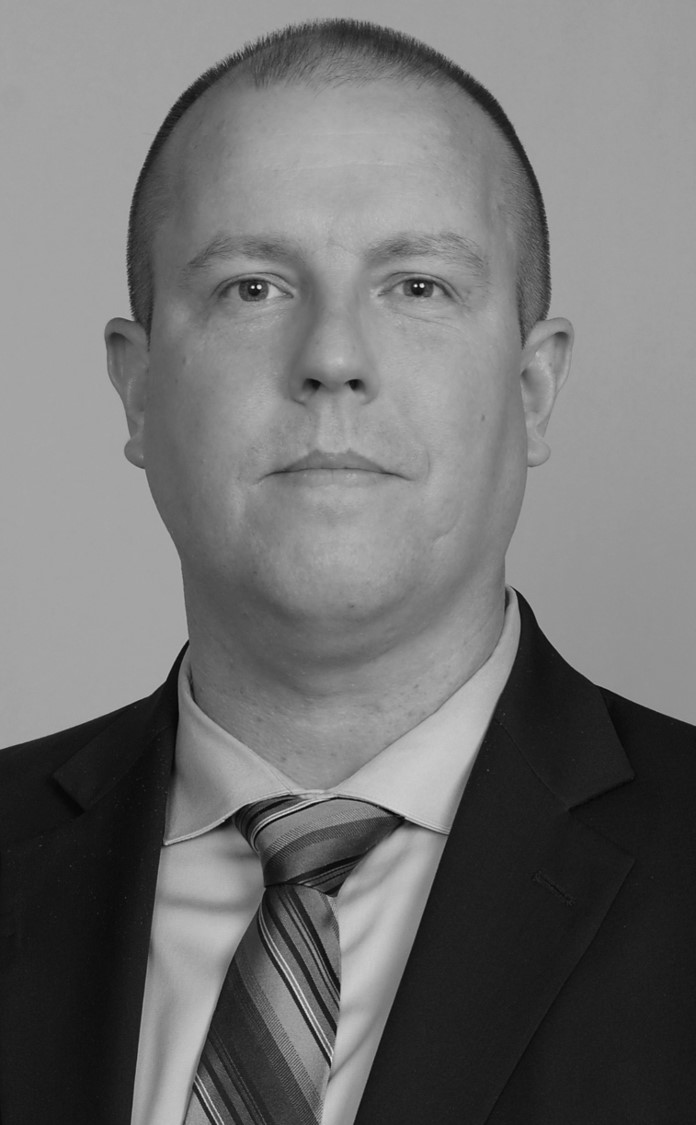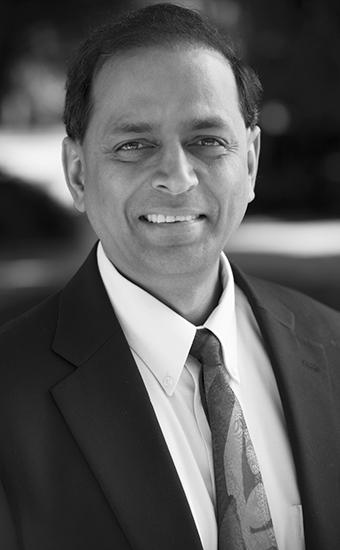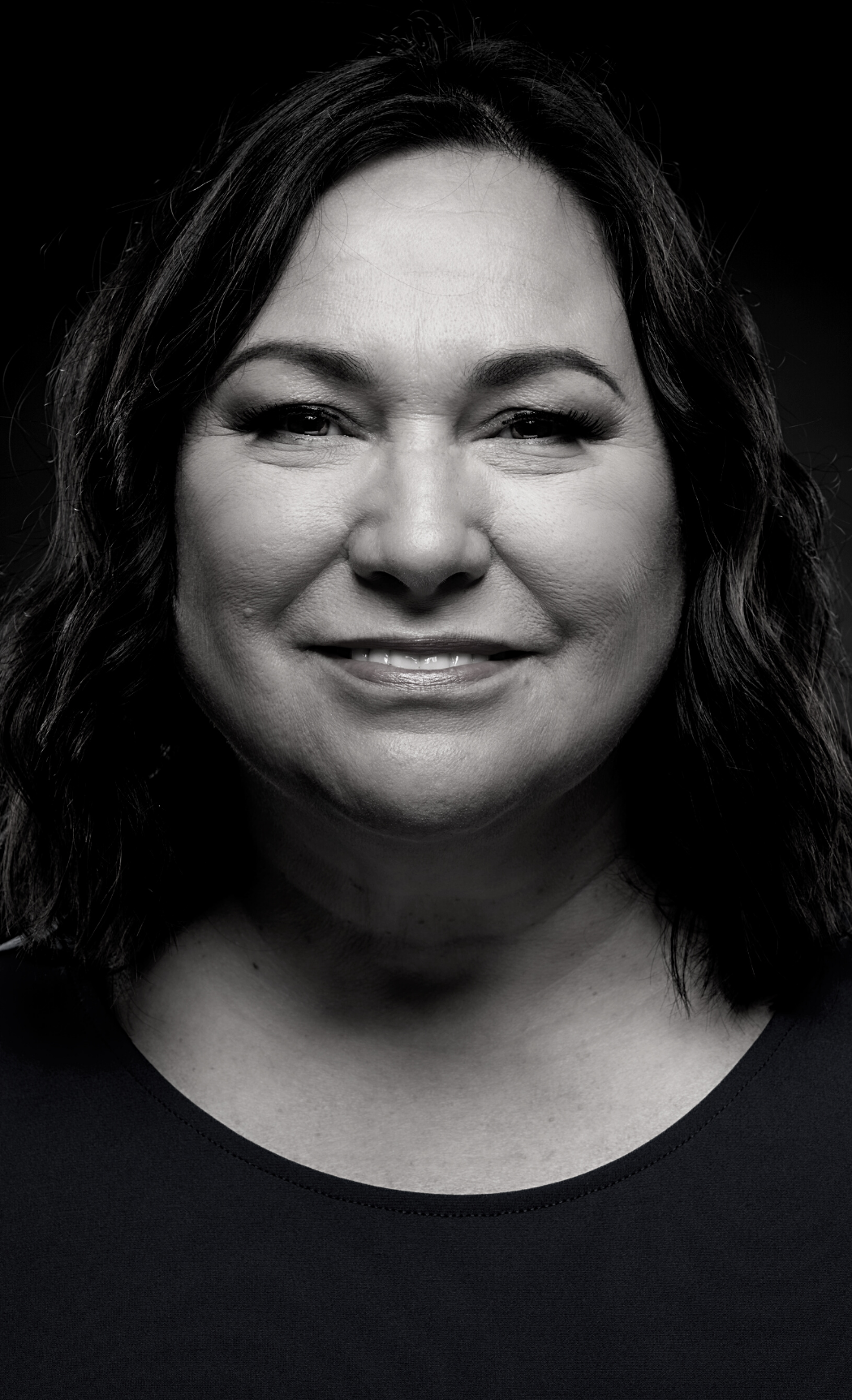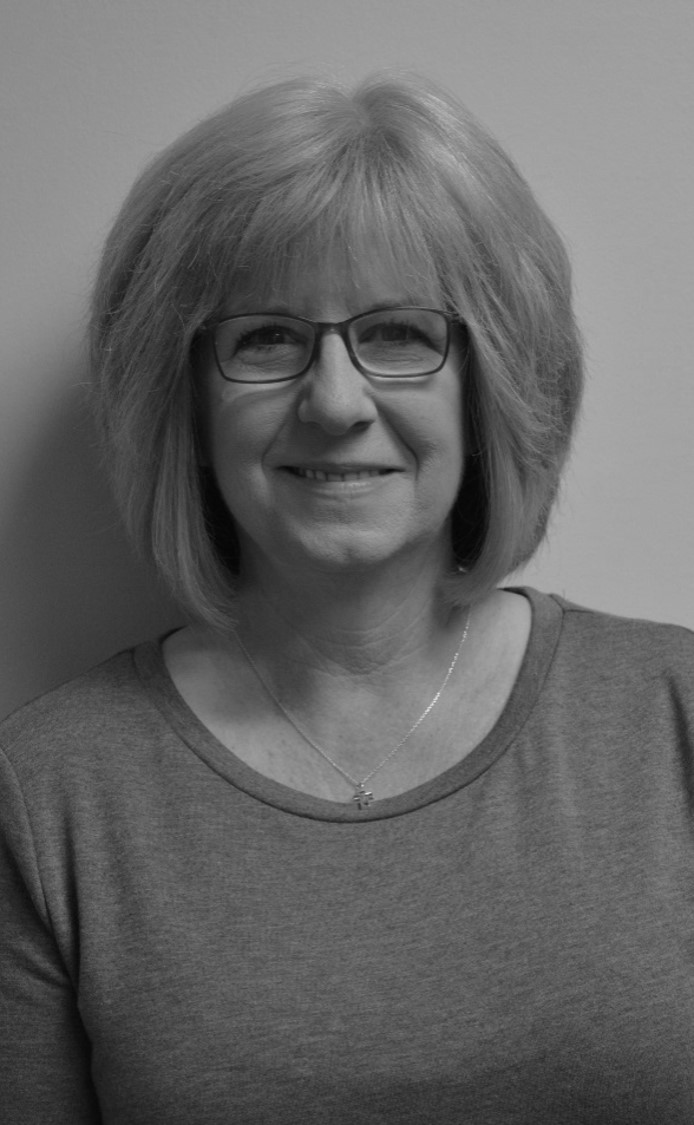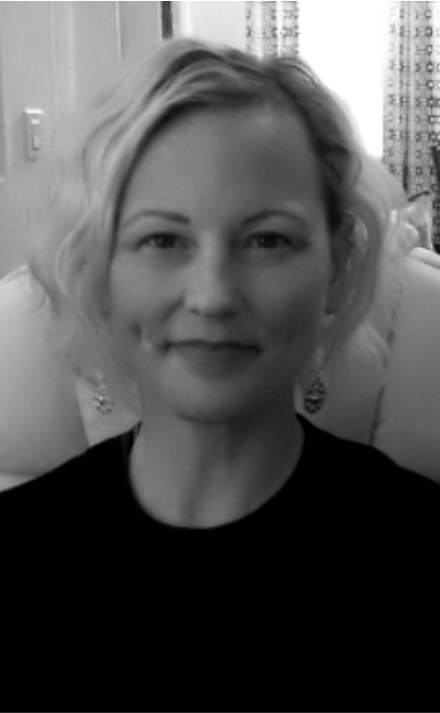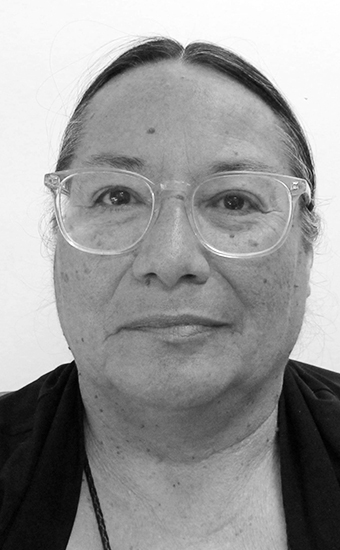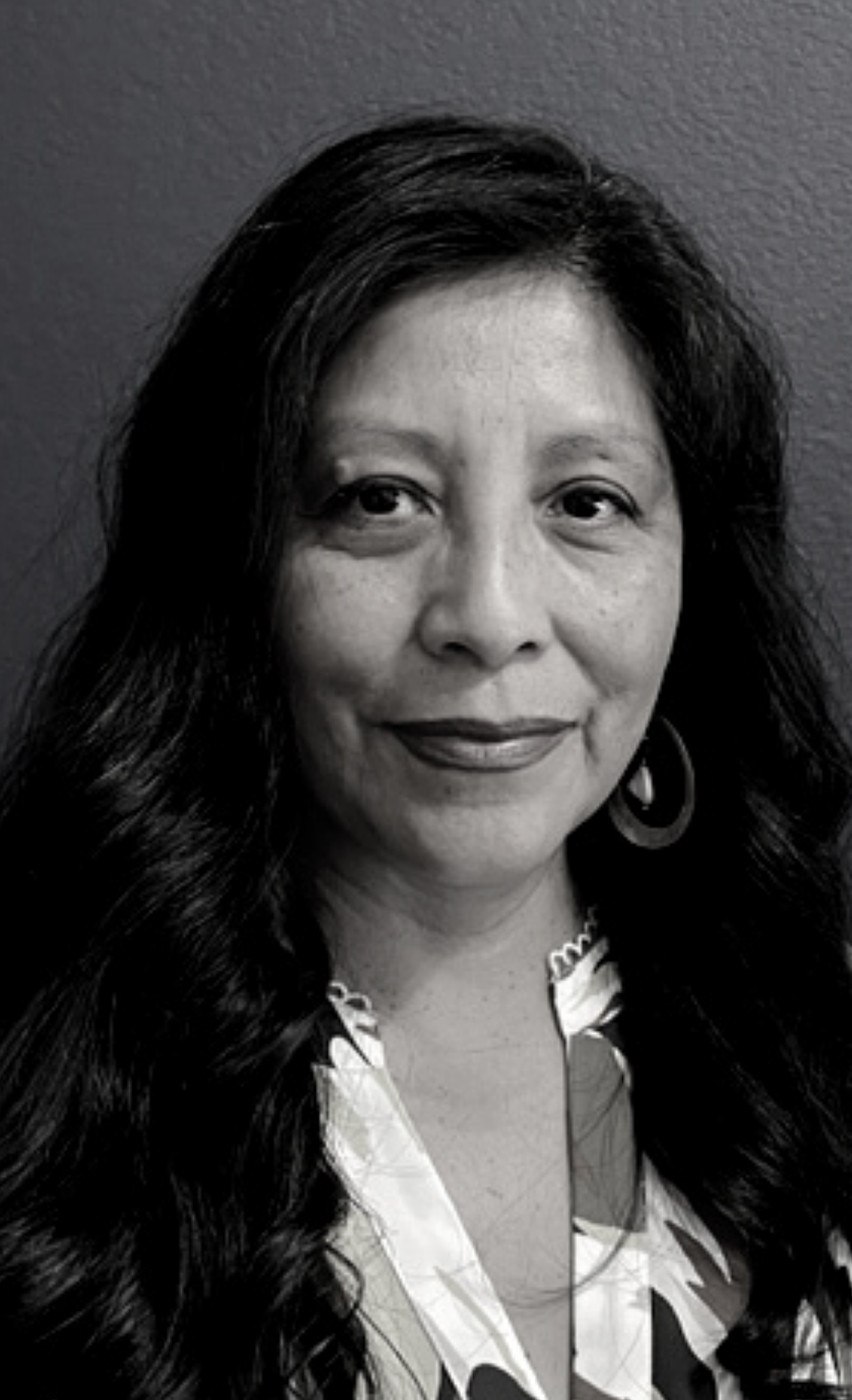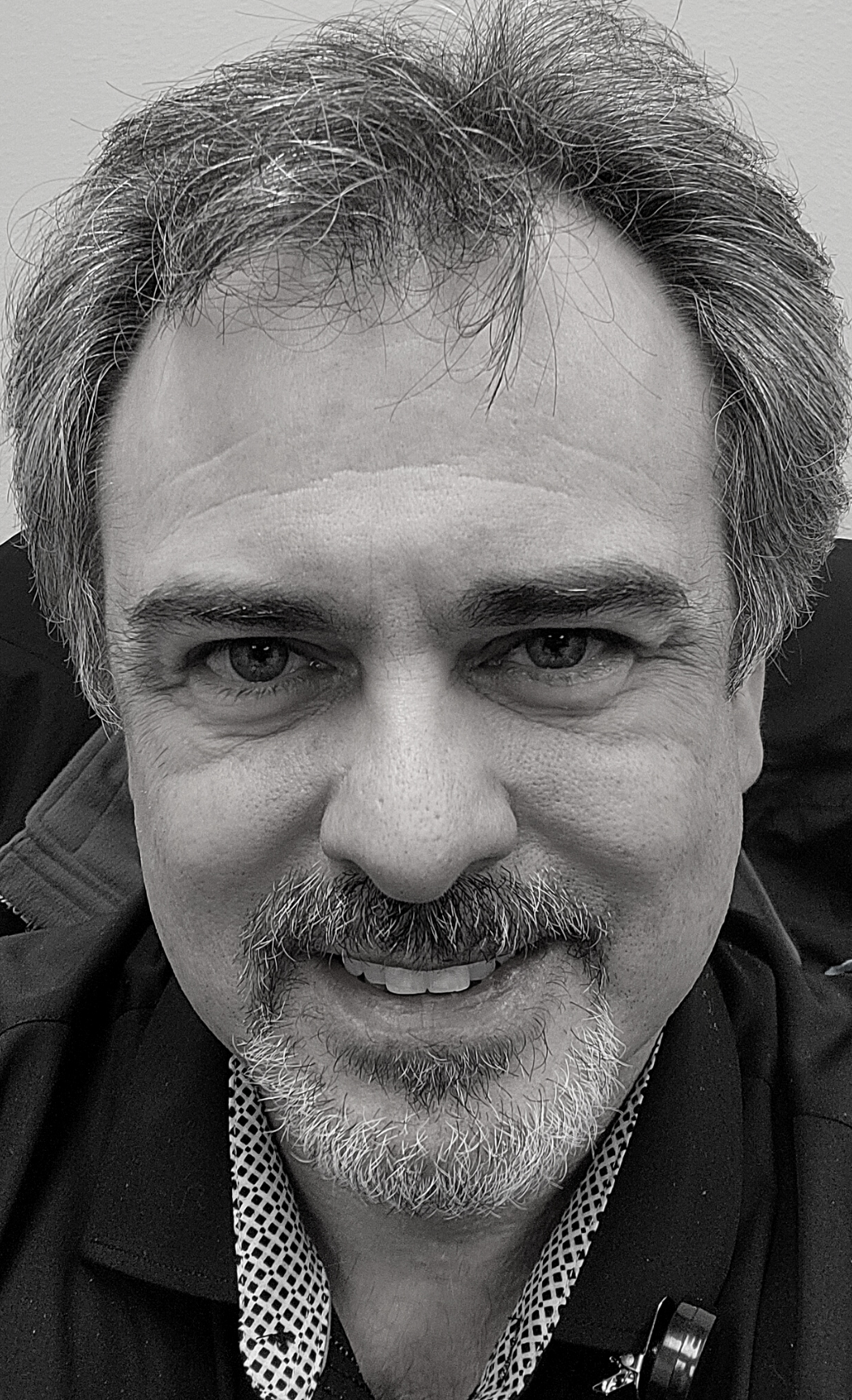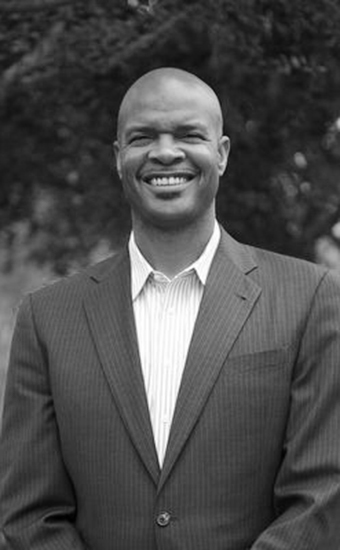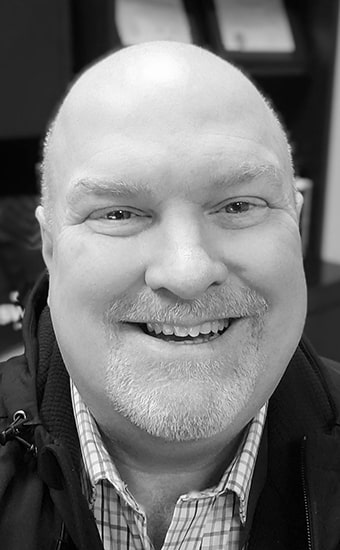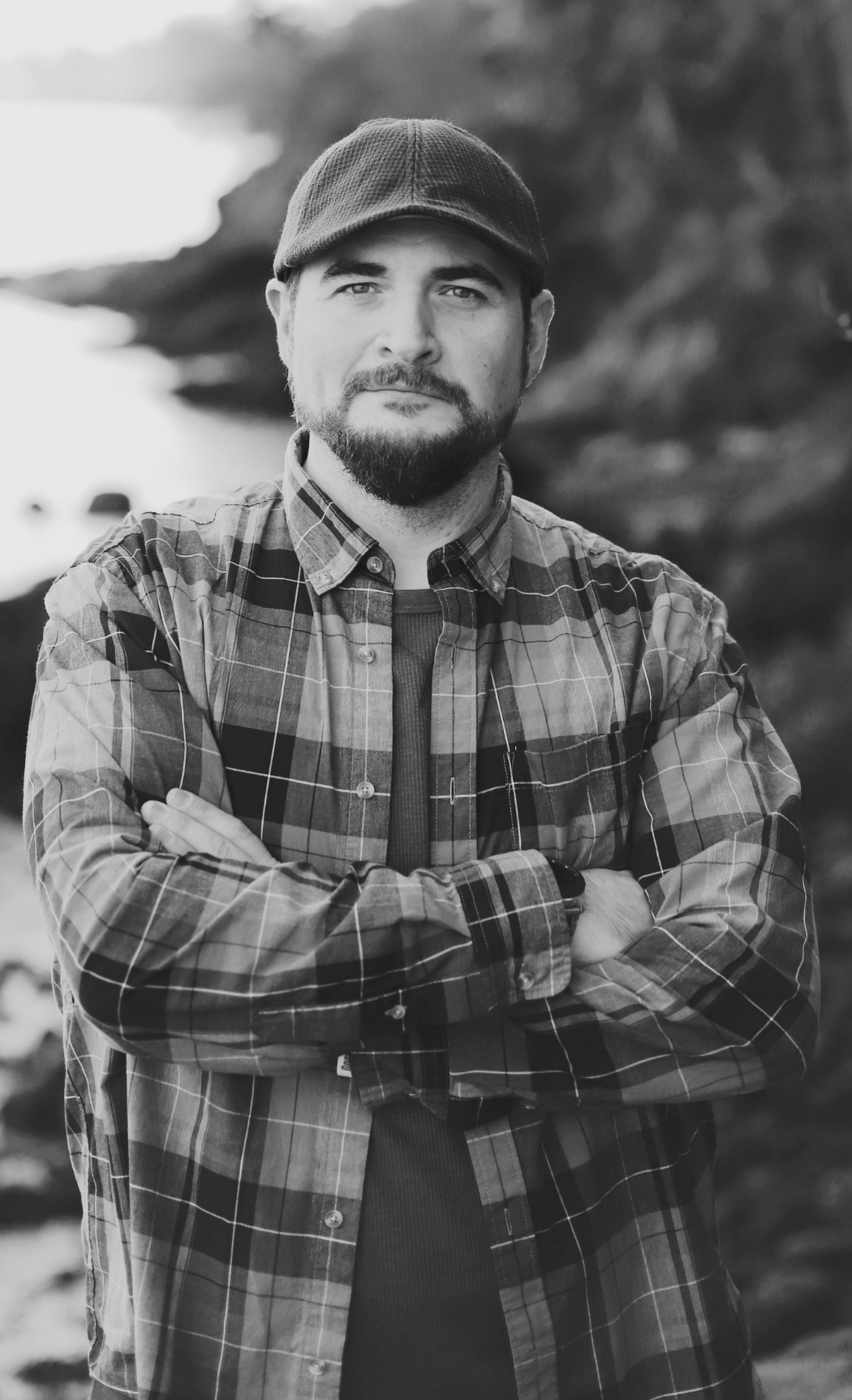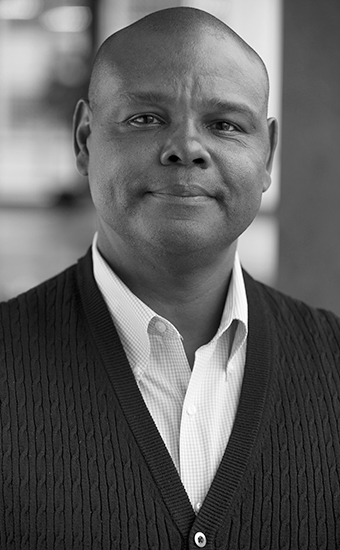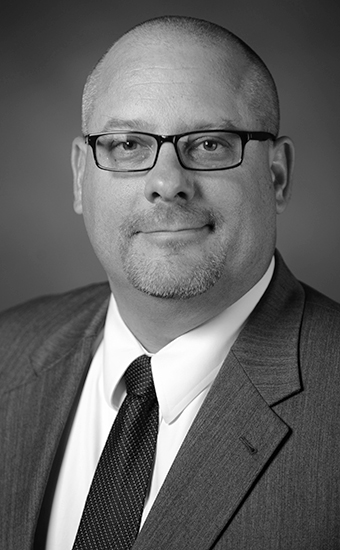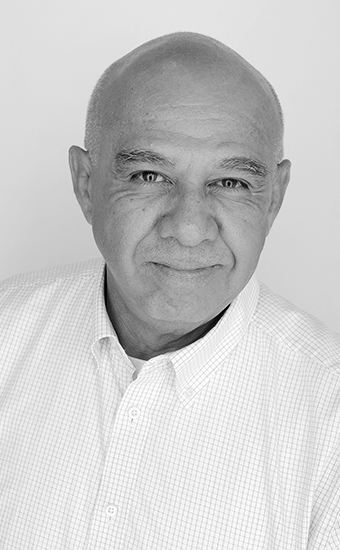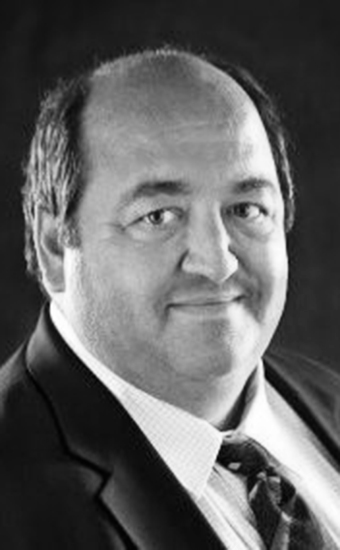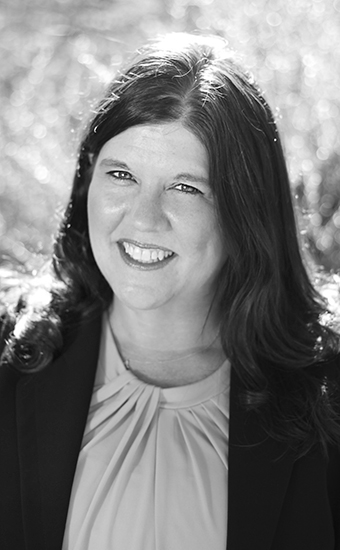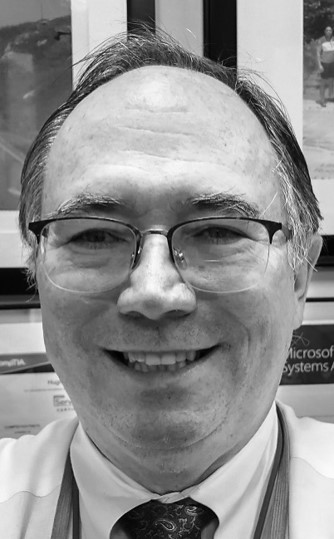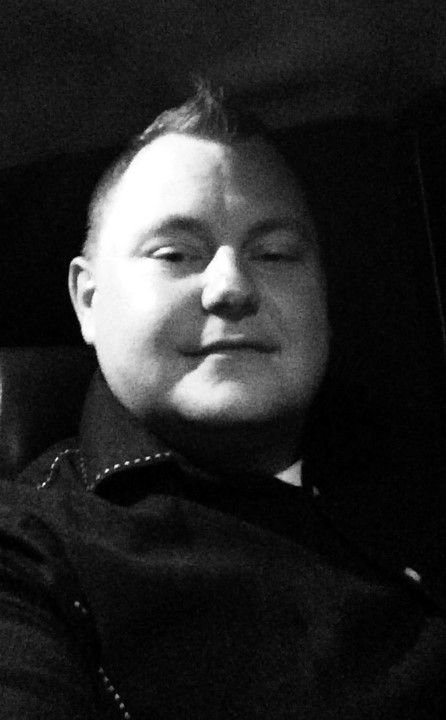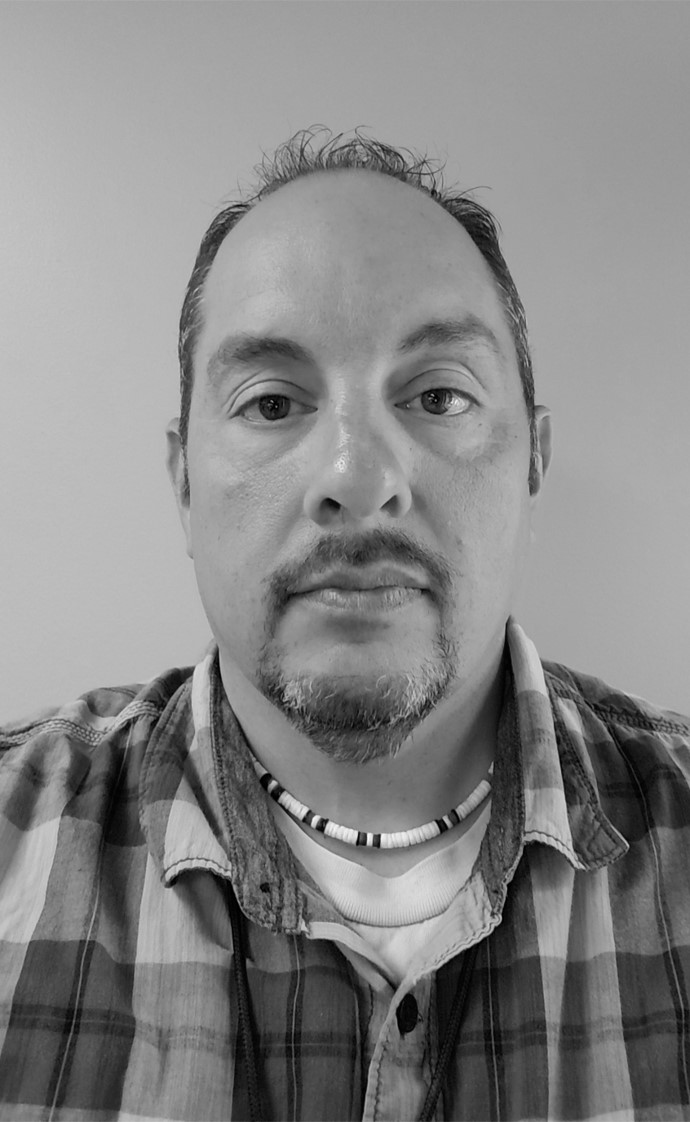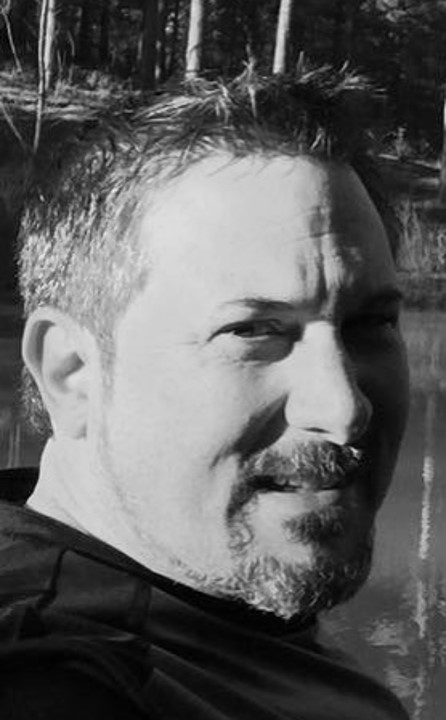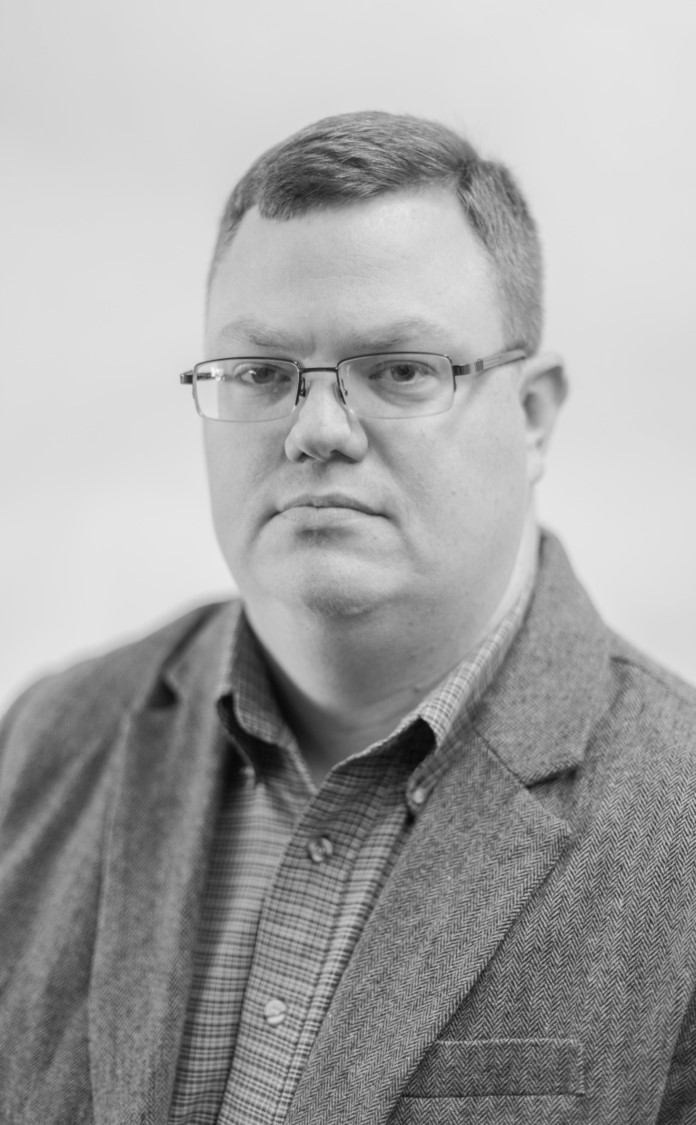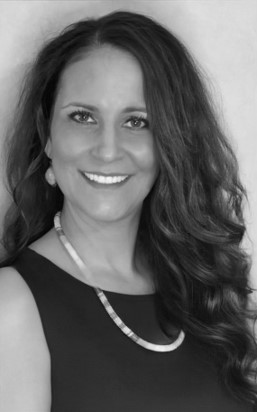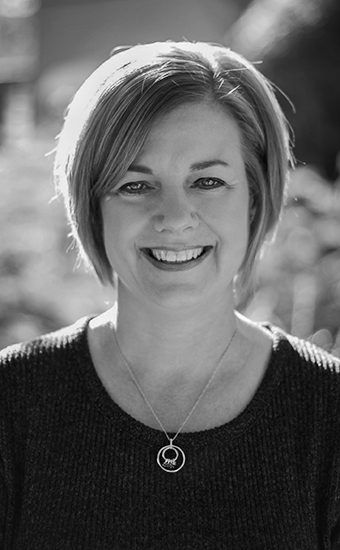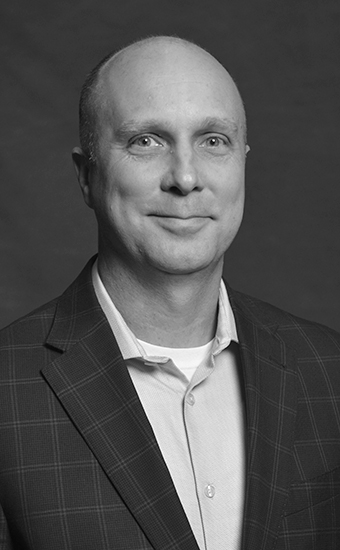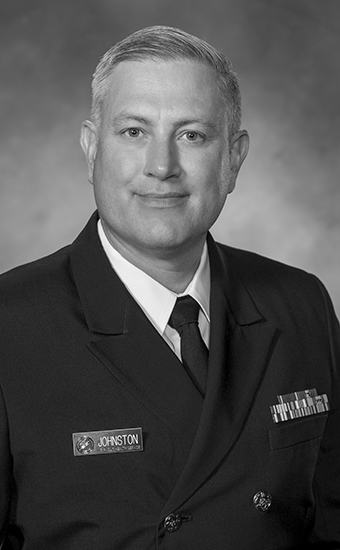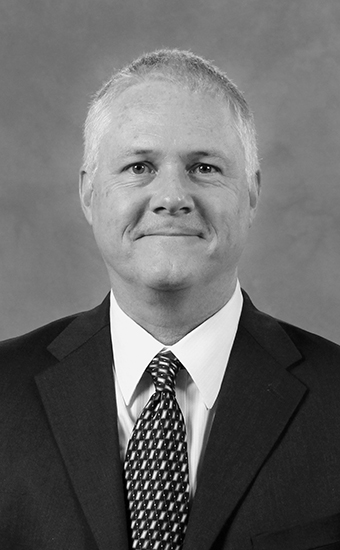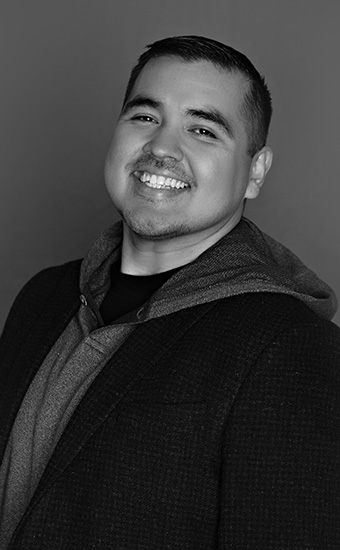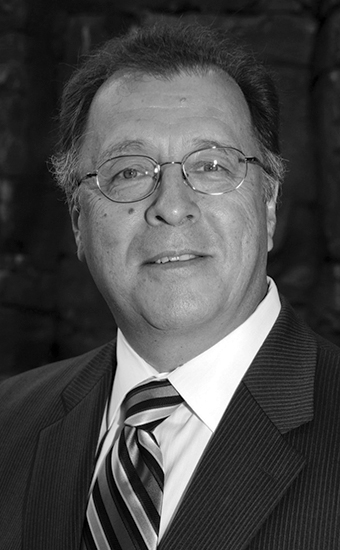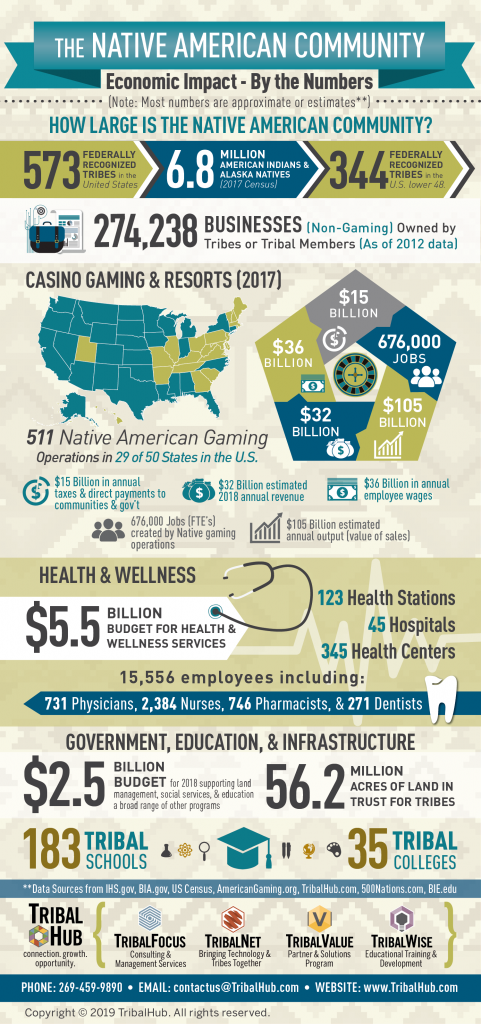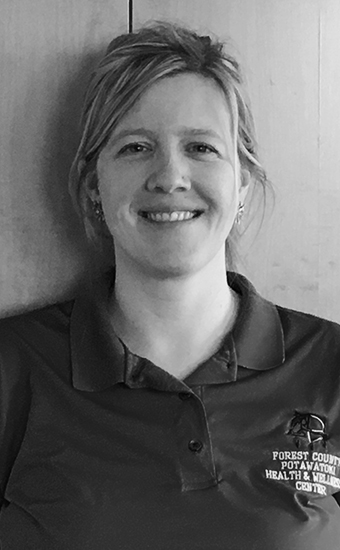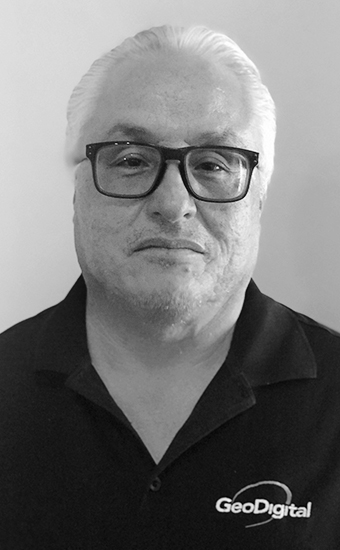Interviews with Tribal Leaders
Hamed Hemmati, Director of IT

Hamed Hemmati
Pala Tribe
Director of IT
What can you tell us about your team and your background?
What was it like moving from a technical role into a leadership one?
What projects are on the horizon for your team?
Mark Kirk, Director of Information Services Group
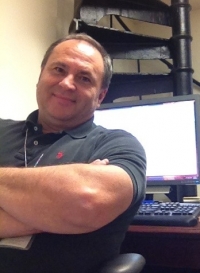
Mark Kirk
Osage Nation
Director of Information Services Group
What can you tell us about your department and organization?
What would you say is your leadership style?
What can you tell us about some of your current projects in IT?
The Osage Nation is spread across a coverage are of 2.304 sq miles (U.S. Census). Our main headquarters is in Pawhuska OK on 160 acres. Right now there are 105 facilities that span across the entire coverage area and this building project focuses on putting in two new buildings on the headquarters campus which will house a welcome center and a direct services center which would include departments like accounting and support staff. The master campus plan that is in place and set to be completed over next 3-5 years is to consolidate into as few buildings as we can. Our first two buildings of this multi-phase program are set to open this summer. It’s been a challenge but a very fun project to work on. It’s something that has been needed for a long time and IT has been involved with the development stages so we could ensure that the building was well-equipped with state of the art equipment and the ability for solid coverage. This building program also feeds into our move for improved business continuity. We have been fortunate not to have any major impact due to weather or other factors however we always want to prepare for the worst and hope for the best and have the ability to be fully operational especially with communications, in the event disaster strikes.
The second project that has been ongoing is our; Osage Nation Tribal Information System- (ONTIS). It’s a blend of Microsoft Dynamics and SharePoint to create a document management and CRM solution. Our goal is to have this be in use by all departments. We expect two more years before everything is fully rolled out but realistically it’s going to be something that is always evolving based on the needs of our organization, which is why it’s a great asset to have a flexible system. We are working with Planet Technologies as our partner on customizing the system and helping us to maximize its potential. So far it’s been rolled out to; enrollment, education, TANF, election and constituent services. The goal of the project is to centralize the data, help ensure accuracy of it and improve efficiency and service of every department. We will be focusing a lot of resources in 2015 on moving forward with the ONTIS project. With budgets remaining flat this year, something like this could mean big savings across multiple areas of the organization, which would be a huge plus to the benefits we are already seeing with this project.
What are some things you do you as an IT leader that help you make the best decisions possible?
Alaska Native Tribal Health Consortium (ANTHC)
Stewart Ferguson, PhD
& Karen Sidell
Alaska Native Tribal Health Consortium (ANTHC)
CTO & Director of Statewide IT Services
Can you tell us a little about ANTHC and each of your roles within the organization?
Stewart is the CTO for ANTHC serving previously as their CIO and before that Director of Telehealth. His work in telehealth is well-known globally and he lives currently in Israel working still with ANTHC but also overseas. Karen is the Director of Statewide IT Services for ANTHC and is responsible for coordinating and communicating with all the ANTHC tribes and organizations. Her focus on outreach and education puts her at the center of several initiatives and resources within ANTHC. We also had the opportunity to have James Spillane on the interview with us. James is a private consultant for Sitnasuak Health Solutions working with tribes primarily on improving patient care through work flow and process improvements.
ANTHC is working on so many great initiatives, what are some areas of focus you think we should discuss today?
What can you tell us about your approach to EHR?
Where do you see the future of healthcare heading?
John Ormond, Director of Technology Services

John Ormond
Chumash Casino Resort
Director of Technology Services
Can you give us a look at your Technology Services department structure and areas of oversight?
It seems like your entire organization has a very team-oriented approach, what can you tell us about this?
What are some of the key projects your team has been involved with recently or has upcoming?
Do you have any expansion projects you are working on that you can tell us about?
What would offer up as advice to your peers in the industry?
I would say identify the needs of the business, make sure that those needs align to business strategy and put processes in place to make the necessary adjustments to plan in the case that they don’t. Most if not all business activities are dependent on technology giving us a near complete view of operations. We strive to engage the business at multiple levels to ensure alignment from leadership to the front line. What technology can enable the business to do is unlimited, but everything has a cost Never forget that you can always do your job better; the point of innovation is not just to show it but to offer value to the business.
Jon James, CIO & Toni Potts, CAC Manager
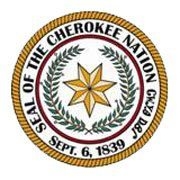
Jon James & Toni Potts
Cherokee Nation & Cherokee Nation Health Services
CIO & CAC Manager
What can you tell us about the IT structure for both the Cherokee Nation and the Health Services Division? What are some of the key projects happening in IT at the Cherokee Nation?
Jon: The Cherokee Nation is the largest Native American tribe in the United States with about 300,000 registered Cherokee citizens. The Cherokee Nation land base spreads across 14 counties in northeastern Oklahoma and the tribe employs roughly 3,800 people in its tribal complex and health centers.
The IT team providing direction and support for the Health Services division of the Cherokee Nation is separate than the IT team for the government services, which includes; Career, Commerce, Community, Education, Housing, Human Services, Natural Resources, Real Estate Services, Tag Office and Tribal Citizenship. As CIO, I report to the Cherokee Nation Secretary of State with five key managers reporting directly to me as well as a total of 65 employees in IT.
Toni: The Health IT division currently consists of about 40 positions and is led by Health Services CIO, Donnie Parish. We provide Health IT support to eight clinics across the counties and one major hospital. Other health programs offered include; EMS, Diabetes, Community Health, Cancer Prevention Program, Behavioral Health, youth and elder centers. Cherokee Nation Health Services is the largest tribally-operated health care system in the United States with more than 1 million patient visits per year.
What are some of the key projects happening in IT at the Cherokee Nation?
The main areas we have been focusing on this year relate to; project portfolio management, telecommunications and general upgrade and maintenance schedules. We’ve just been through a major workforce management and ERP upgrade with Kronos and Infor/Lawson. We are coming to the end of life for several main servers and doing major hardware replacements for data recovery and storage. We have a business case out for upgrading our TAG database which is the office and system used for tribally issued car tags and titles. Cherokee citizens living within the state of Oklahoma can register and license their vehicle through the Cherokee Nation. We maintain our own in-house enrollment system and are programming a full ancestry system. We are utilizing open source knowledge management system and will also be modifying our enrollment system for enterprise wide access. This will also be 100 percent in-house developed. We are working on a Microsoft Exchange 2013 upgrade, however with VoIP being tightly integrated with 2010 (which we are running now) adds a level of challenge but we are planning to have this upgrade complete in early 2015. We have several new construction projects, one of which is a large fiber project stretching across a major highway for new or relocated Cherokee Nation offices. We are in the process of replacing all of our wireless access points which will standardize and improve wireless network coverage across the Cherokee Nation for all of our sub offices and clinics. Although the health division is separate than the government IT division, we do work together on infrastructure projects and will be working closely on some of the items mentioned above as it impacts all of us.
What are some of the key projects happening in IT at Cherokee Nation Health Services?
Health IT places a large focus on working with clinical staff on workflow processes, as they pertain to the entries into electronic medical record and the flow of patient medical information. Improving these processes can lead to improved efficiencies and increased standardizations, which all translate to improving patient care and that’s always our main goal. We have also most recently been working on a new health patient portal that allows patients to request pharmacy refills giving more control to the patient for managing their own health care. Since 2004 we have been using electronic health records (EHR), which requires patches, upgrades and maintenance which allows us to continue to meet meaningful use requirements. Recently we have been working on ensuring the right technology is in place for the Million Hearts National Initiative launched by the Department of Health and Human Services in September 2011 to prevent 1 million heart attacks and strokes by 2017. We are proud to be part of such an impactful initiative both for our citizens and the entire United States.
What can you tell us about your involvement with industry organizations and other government entities?
The Cherokee Nation and many of its divisions are very involved with national, state and regional organizations. We make a concerted effort to be involved with groups that allow us to network and connect with others where collaborative efforts stimulate progress that may otherwise not have happened. Our health division has representation with the C4 group and Indian Health Service working groups and we have representation as a board member(s) on TribalNet, the Oklahoma Native American Technology Council and Tribal Telecom. Considering Cherokee Nation as a whole, we work with state and federal agencies in areas such as Indian Child Welfare, our vehicle tag database, housing, U.S. Marshal Service, health information exchange, regional hospitals and more.
Do you have any advice for your peers?
Toni: I would say collaboration is my buzz word. You can spark more ideas with a large group than you can on your own.
Jon: The thing I always stress is the importance of having full project management and steering committees in place. It’s what really steers the direction of the organization and provides a platform for open communication.

